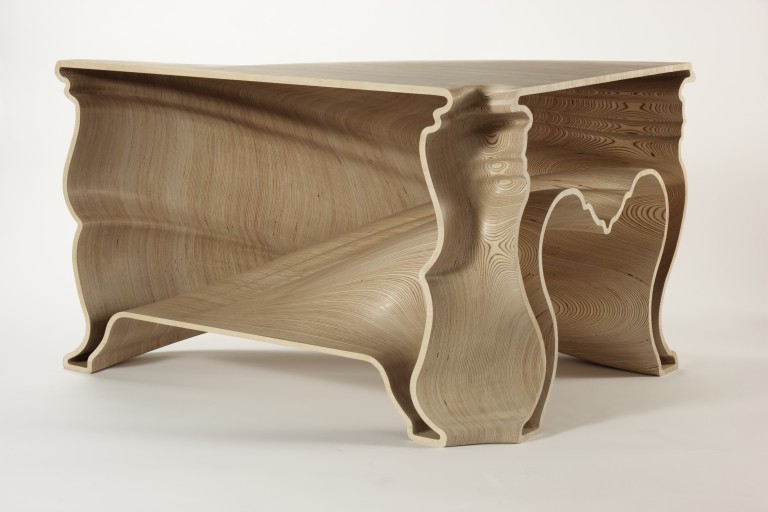Jacob
New Luddism. Wake up and resist.
That's it, though don't need to be too purist about it - still use the tape as necessary!Trainee neophyte":39gxr0qi said:.......
It is obvious, now you have pointed it out: measure twice, cut once, but make a rod, and never measure again seems even more sensible.
Comes up as "story board, story stick" etc though there's not a lot of info and it can be confusing.I've had a quick Google, and I am now an expert in making fishing rods - need to reword my search terms, methinks.
"Story stick" as far as I'm concerned means the vertical rod for a staircase (i.e. story height) taken from floor level at foot of stairs, to floor level at head. Foot not necessarily at same floor level as floor directly below the head, as there may be a bit of a slope. Having got that you divide it with, guess what, dividers, into equal 'risings' - though you will need to do a bit of a calc first to make sure it fits building regs.





